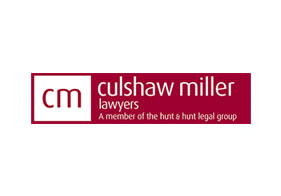You may already be aware that having keywords in your website content can help your SEO, but what is even more important is that the content is used in the right way, and in the right places.
It is not enough to simply insert keywords anywhere, and worse, doing so excessively can damage your rankings, as Google consider this to be keyword stuffing which is a big red flag to them.
You need to get the balance right though, as what you don’t want to do is go too far the other way and have little or no keywords in your website content. While Google is very much against practices like keyword stuffing, they do need and want you to use keywords.
They are an important factor in helping Google identify what subject a website is about, and thus allows them to make their search engine results more relevant.
Before thinking about where to use keywords, you first want to determine which keywords and keyword phrases are the most important and relevant for your website. The mistakes many website owners make with this process is they limit themselves to just a couple, or they only focus on one or two-word keywords.
When people type search queries into Google the terms they use are often several words long. For example, someone looking for running shoes may add a brand, their gender, and specific feature. So, instead of search for just ‘running shoes’, they may type in ‘Cushioned Nike running shoes for women’.
If you have content optimised for that phrase you have a much better chance of being ranked for it, than if you just had ‘running shoes’ sporadically placed around your website. You’ll also have a lot less competition for a keyword phrase than you will for single or two-word keywords.
Once you have your list of keywords and keyword phrases it’s time to determine where in your website you should be using them. Remember, that you want to make it as easy as possible for Google to know what your niche or market is, and there are several key locations within the structure of your website they can be used to do just that.
#1 Page Title Tag: This is regarded as the most important tag, as it is the title tag which appears as the first line of text on Google’s search engines results. It is important to note that you can have different title tags for each page, therefore making that page highly optimised for any keyword which you use in its title tag.
#2 Meta Description: This is the small paragraph of text which appears under the first line of each search engine result. The keyword term will appear in bold in the text, but rather than impacting on your ranking, it confirms to the searcher that your site is relevant to their search term. This is likely to increase the chances of them clicking on your website’s link, which Google takes note of.
#3 Content Body: Whether it is an article, a product review, a blog post, or any of the dozens of other ways in which you can create content, using keywords within the text is important. Try to make the keywords and phrases read as naturally as you possibly can and use synonyms such as swapping out ‘running’ for ‘jogging’.
#4 Images: Despite being the most popular search engine in the world, and for all their advance algorithms, Google have not yet reached the point where they can see an image and determine exactly what it represents in terms of a keyword. Therefore, for every image which you have on your website it should have an ‘alt text’. This is text which you assign to an image which Google reads to identify what keywords it should rank for.
#5 Inter-Linking: A quick and easy way to use keywords in your website content is to link to other content on your website, and out to other websites. Simply create a hyperlink for test which includes a keyword or keyword phrase as its anchor text.



























